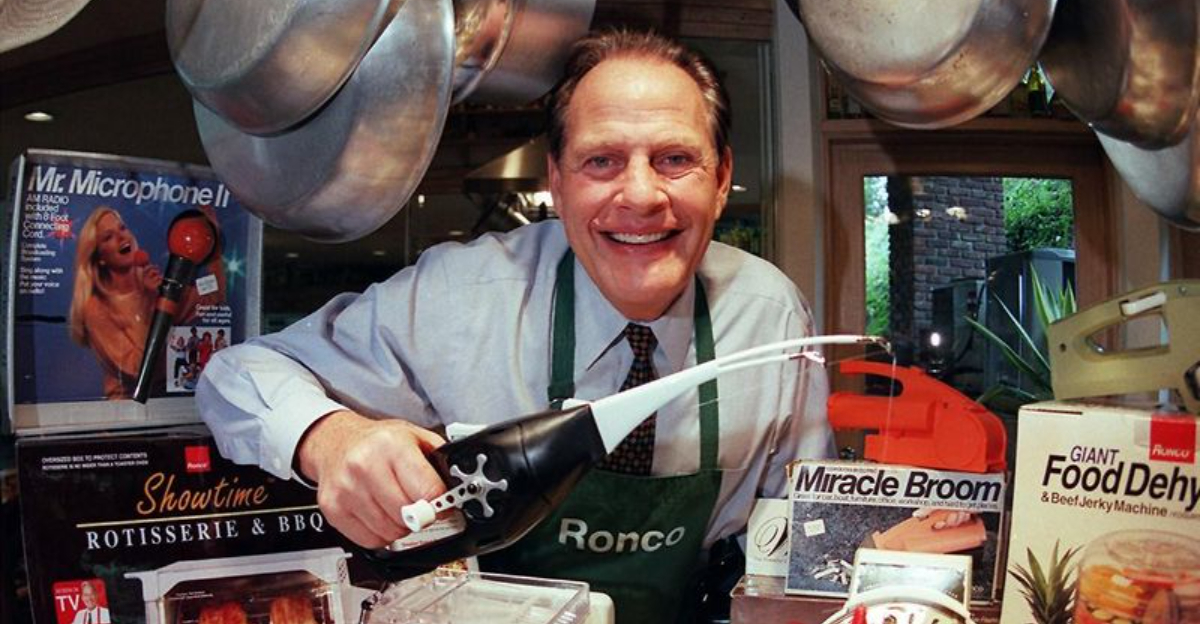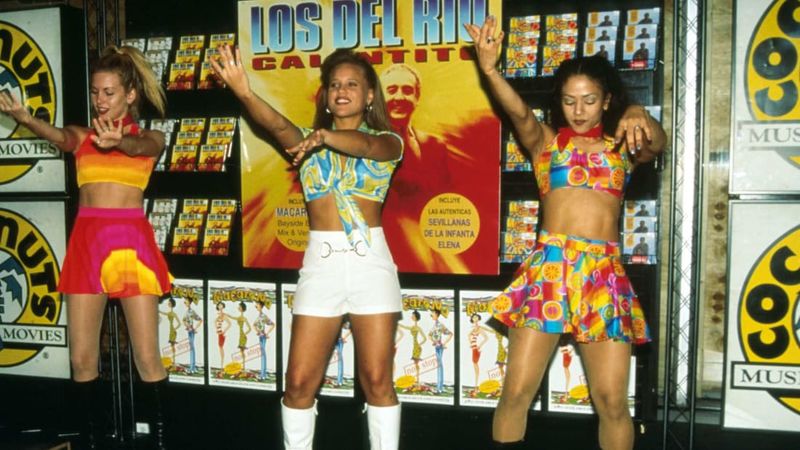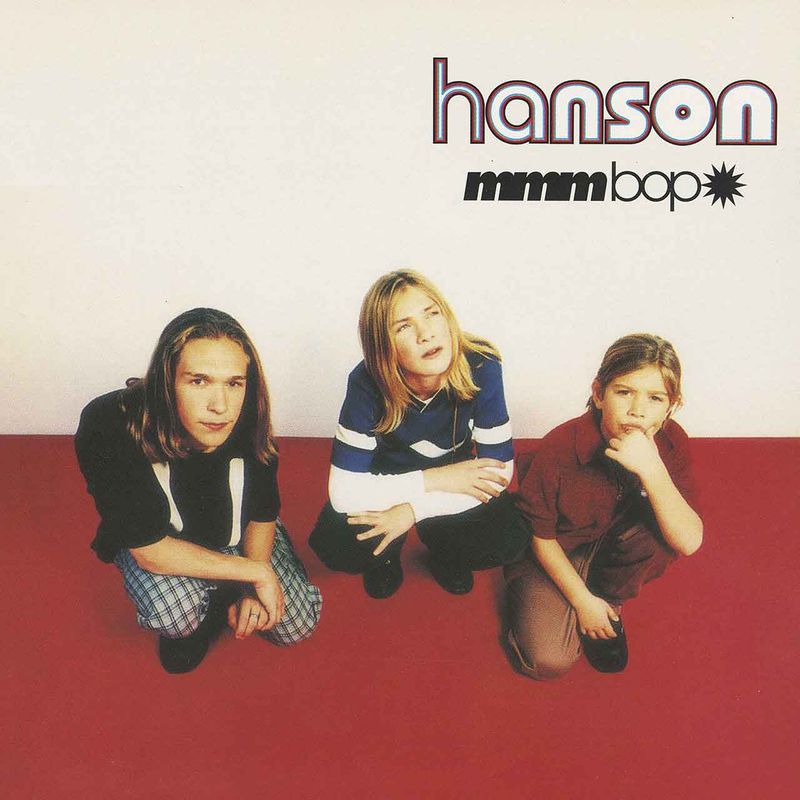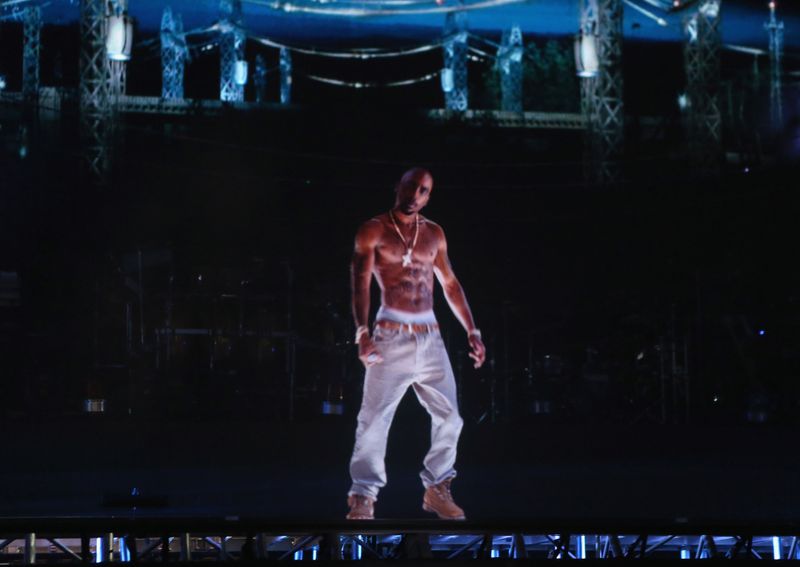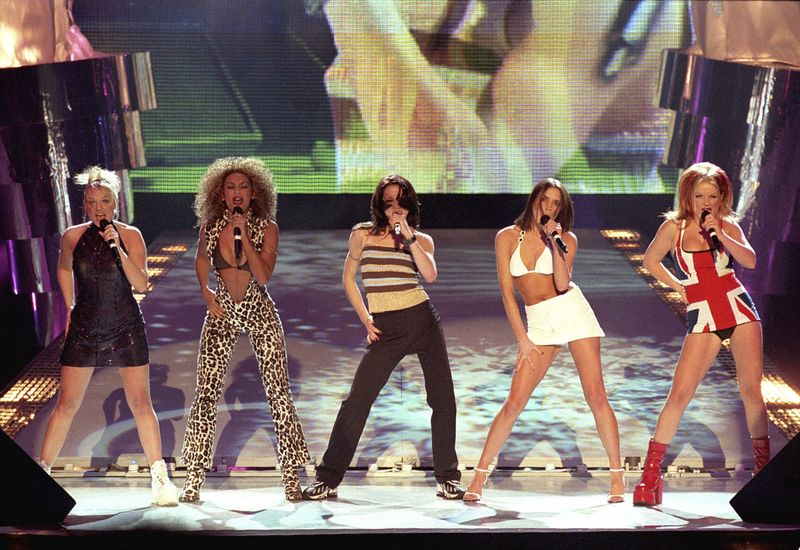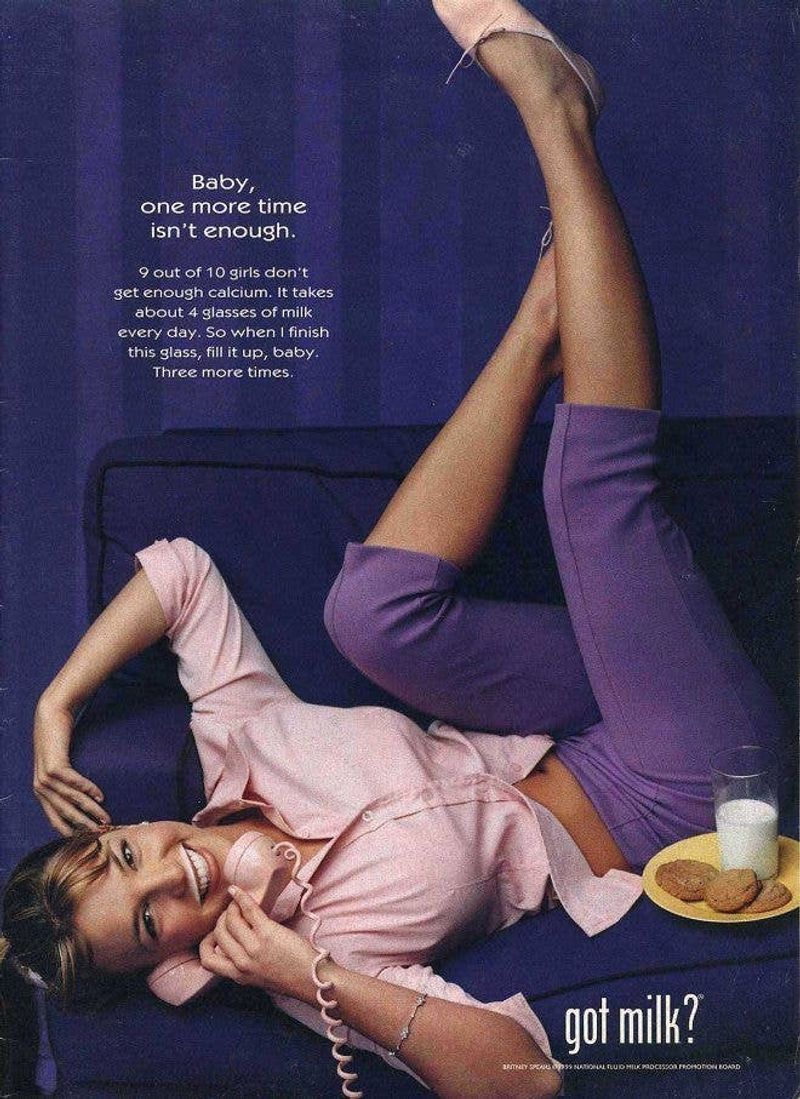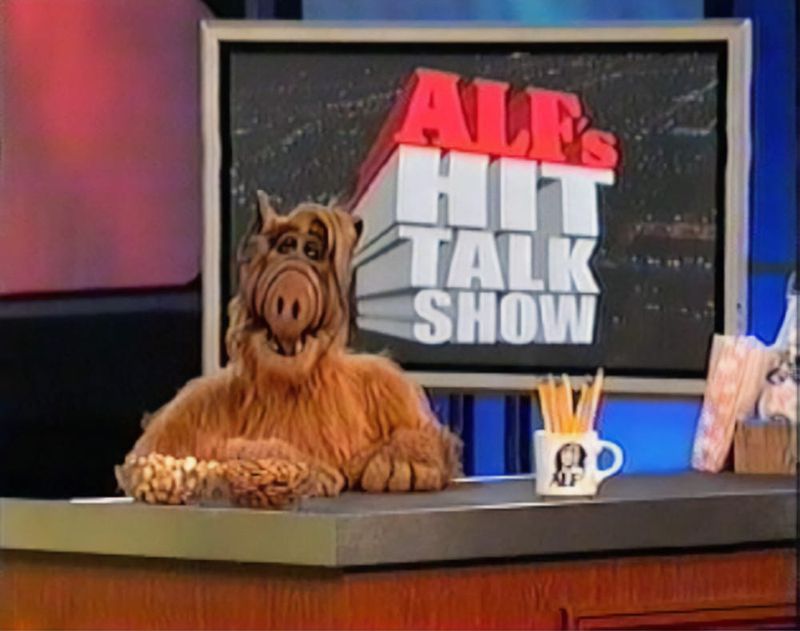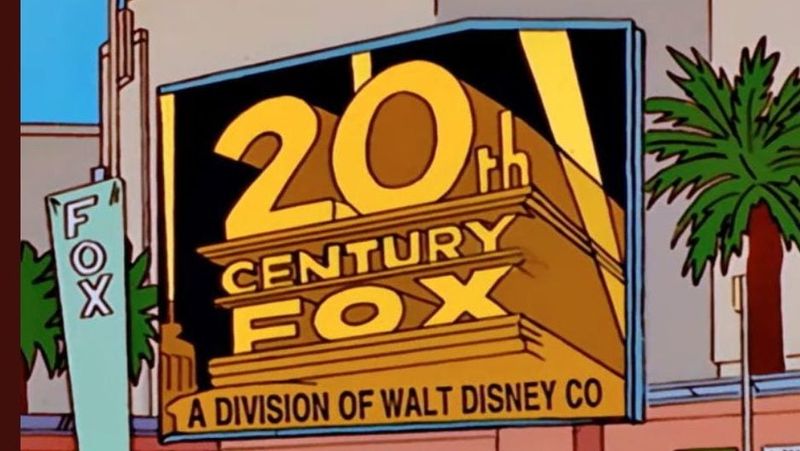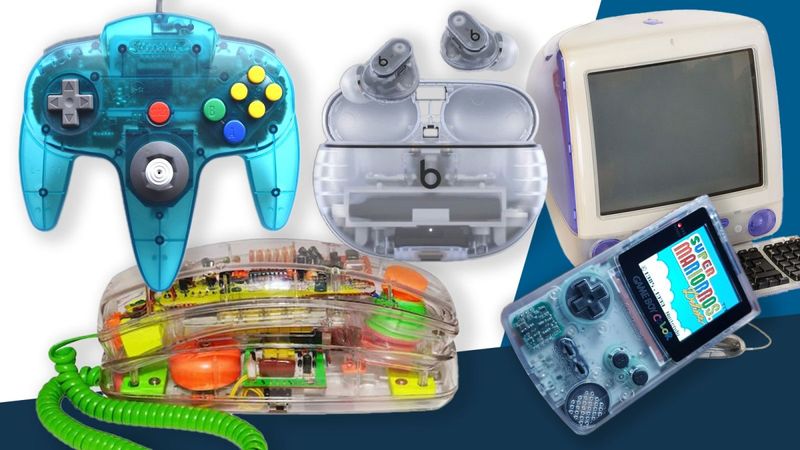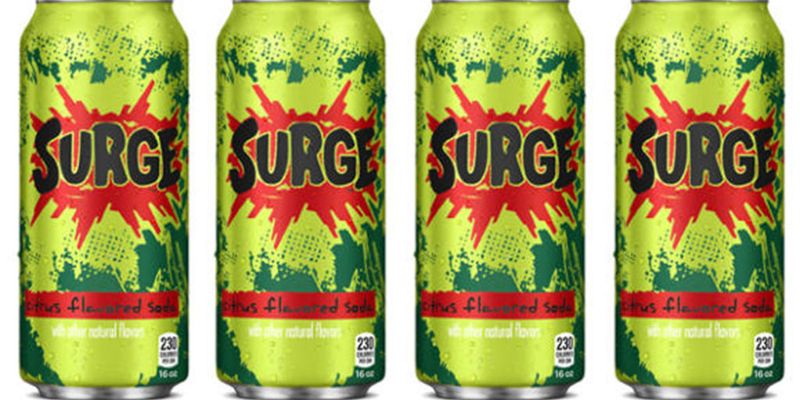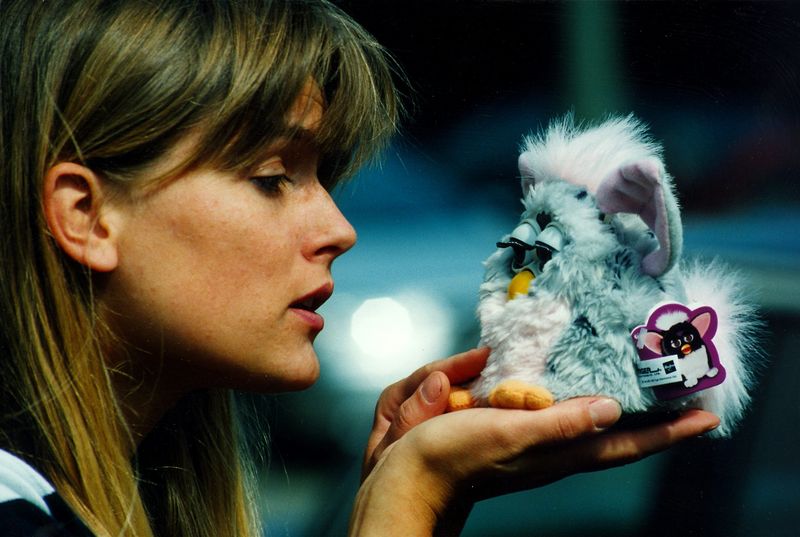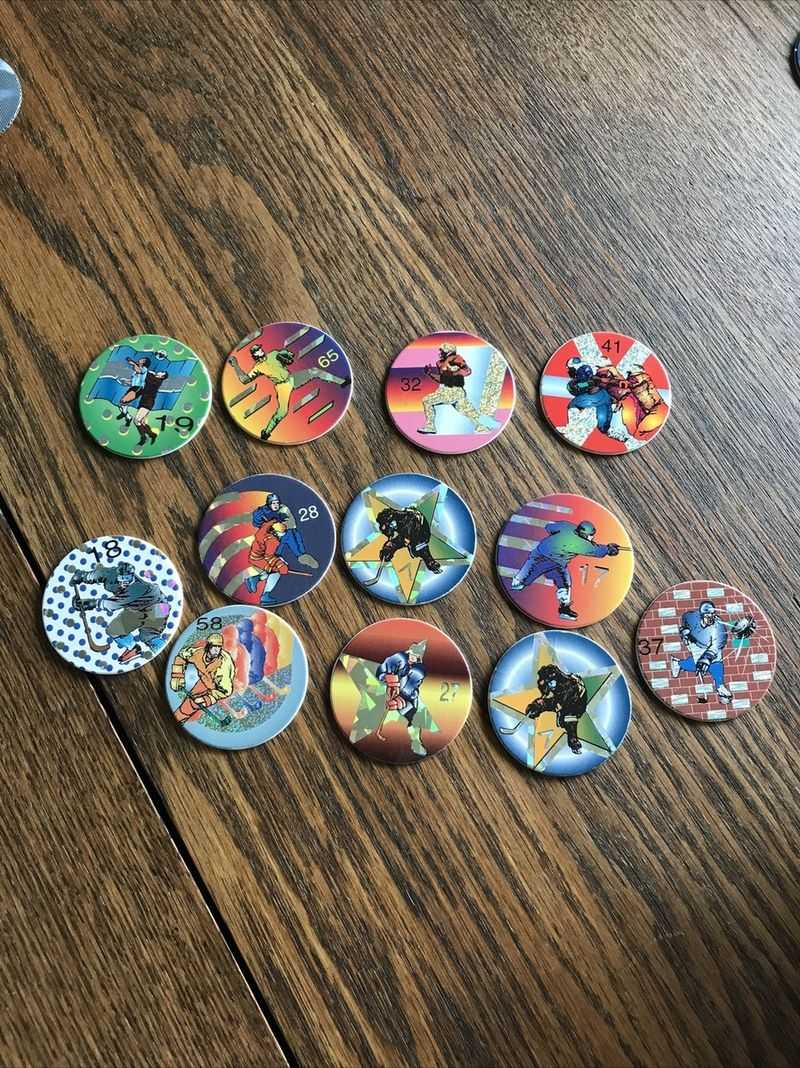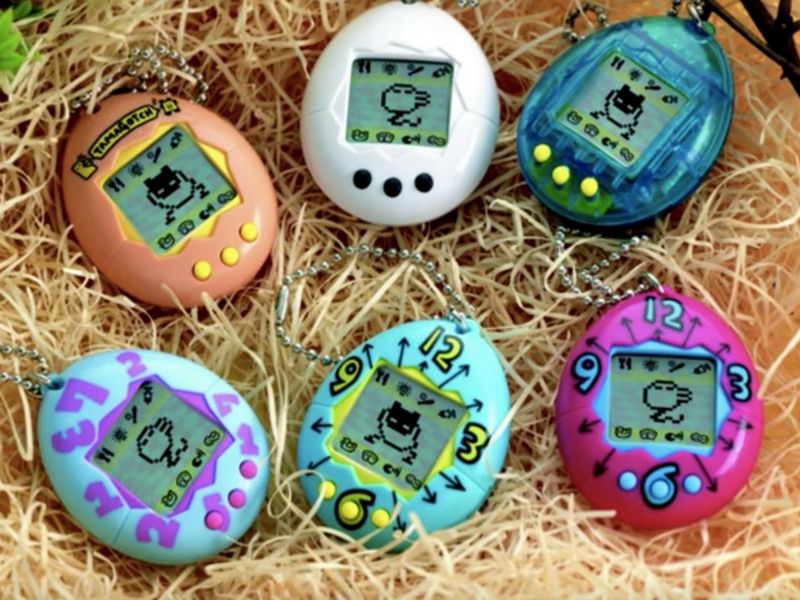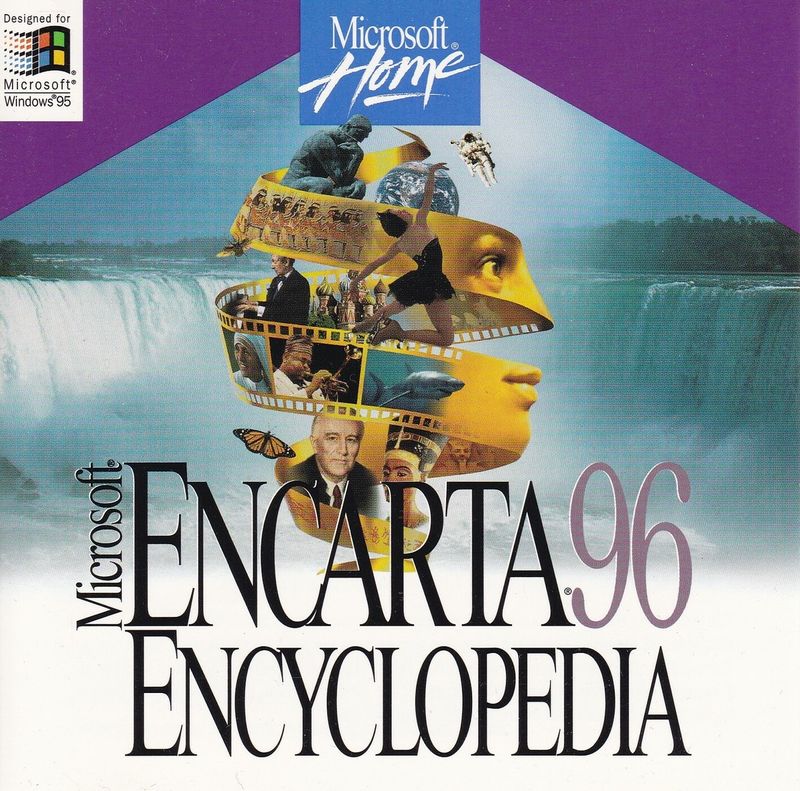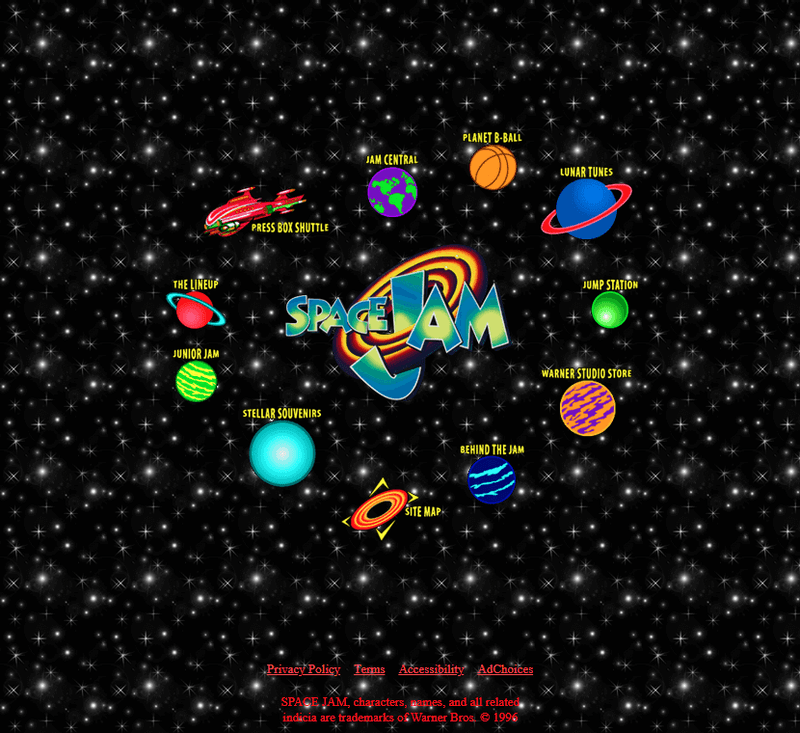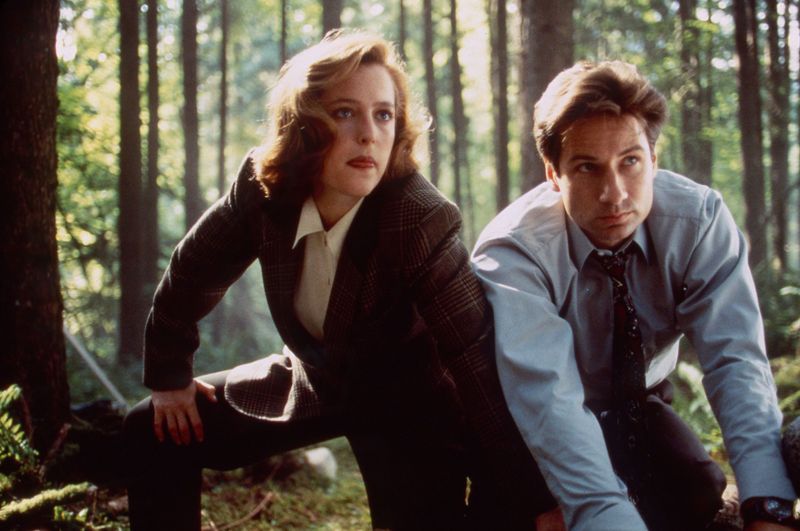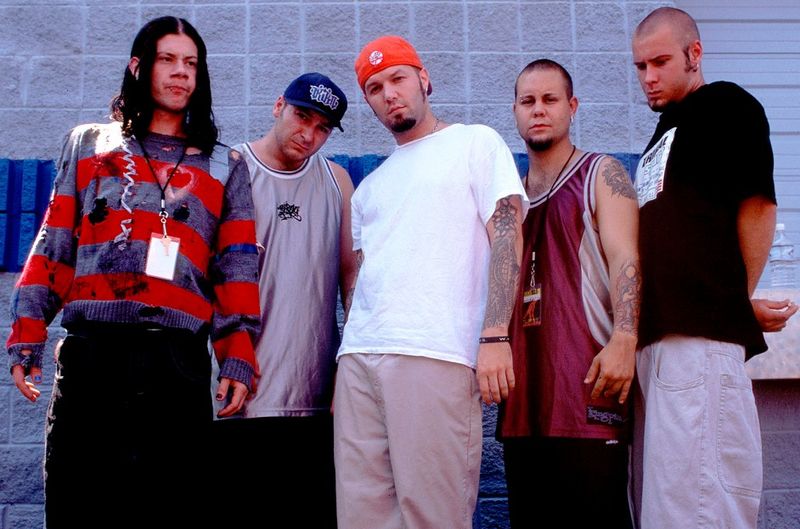The 1990s was a decade filled with peculiar trends and cultural phenomena that still baffle us today. From unforgettable dance crazes to bizarre marketing campaigns, this era brought a unique blend of innovation and absurdity. Dive into these 20 eccentric moments that defined the 1990s, revealing a weirder side than you might recall.
1. The Macarena Was a Global Pandemic (Before Pandemics Were Cool)
In the 1990s, a catchy tune about a woman named Macarena swept the globe. The song’s infectious beat and simple dance moves turned it into a cultural phenomenon, far beyond typical music popularity. From birthday parties to weddings, people couldn’t resist joining the dance, even at solemn events like funerals. Its repetitive lyrics became a universal language, uniting everyone on the dance floor. The Macarena highlighted how a simple song could bridge cultural divides, making it an emblem of 90s music culture.
2. Hanson’s “MMMBop” Was a Philosophical Masterpiece
“MMMBop,” performed by the youthful Hanson brothers, was more than just a catchy pop song. Its seemingly nonsensical lyrics hid a deeper meaning about life’s fleeting moments. Fans across the globe sang along, often without understanding the profound message. Despite its bubblegum pop exterior, “MMMBop” touched on themes of friendship and the passage of time. This unexpected depth made it a standout hit, reflecting the 90s’ knack for blending simplicity with introspective themes, leaving a lasting impression on music lovers.
3. Tupac’s Hologram Debuted in 2012… But His AI Existed in 1997
Tupac Shakur, even after his untimely death, continued to innovate in the music industry. In 1997, a music video showcased a digital version of Tupac, predicting the future of virtual performances. This early use of AI technology foreshadowed the hologram resurrection that wowed audiences at Coachella in 2012. It was a bold, futuristic vision that captured the imaginative spirit of the 90s, blending reality with digital fantasy, and setting a precedent for technological advances in entertainment.
4. The Spice Girls Were Weaponized by the British Government
The Spice Girls, known for their bold personalities, became an unlikely diplomatic tool in the 90s. When British Prime Minister Tony Blair met them, it was more than a publicity stunt; it was a strategy to rebrand Britain as “Cool Britannia.” Their hit song “Wannabe” became an anthem of empowerment, aligning with the government’s image makeover plans. This unique blend of pop culture and politics showcased the unconventional methods of cultural diplomacy during the era, highlighting the Spice Girls’ global influence.
5. The “Got Milk?” Ads Were Low-Key Terrifying
The “Got Milk?” campaign, with its memorable milk mustaches, had a surprisingly eerie undertone. One ad depicted a ghostly Aaron Burr, haunting viewers with his unsatisfied craving. Another showed a child seemingly selling his soul for a glass of chocolate milk. These ads, while promoting a wholesome drink, flirted with dark humor, creating a bizarre and unforgettable marketing strategy. The unsettling imagery contributed to their success, making them iconic pieces of 90s advertising and a testament to the era’s quirky creativity.
6. Alf Came Back… As a Talk Show Host (In Puppet Form)
The beloved alien Alf, from the 1980s sitcom, made a surprising return in the 90s as a talk show host. Retaining his quirky humor, Alf interviewed celebrities, blending puppetry with late-night TV charm. This unexpected revival demonstrated the decade’s love for nostalgia and innovation in entertainment formats. Alf’s unique perspective and comedic timing offered a fresh take on the talk show genre, making it a memorable yet peculiar aspect of 90s television, entertaining a new generation of fans.
7. The Simpsons Predicted Disney Buying Fox… in 1998
In a 1998 episode of “The Simpsons,” Homer Simpson jokingly mentions Fox as a “subsidiary of Disney.” This humorous prediction came true 22 years later when Disney acquired Fox in 2019. The show’s uncanny ability to foresee future events added to its cultural significance, making it more than just a cartoon. This episode highlights the satirical brilliance of “The Simpsons,” which often blurred the line between fiction and reality, cementing its place as a prophetic voice in pop culture.
8. Infomercials Were Unhinged
The 1990s were the golden age of infomercials, where over-the-top hosts enthusiastically pitched bizarre products. The Ronco Showtime Rotisserie, with its catchphrase “Set it and forget it!”, became a cult favorite. These commercials were captivating, combining entertainment with salesmanship in a way that was both endearing and absurd. The hyperbolic claims and eccentric demonstrations turned late-night TV into a shopping spectacle, epitomizing the era’s quirky consumer culture, and leaving a lasting legacy on advertising strategies.
9. Clear Everything Was a Vibe
The obsession with transparency was a defining trend of the 1990s. From clear telephones to game consoles, if it wasn’t see-through, it was hardly fashionable. This aesthetic craze reflected the decade’s fascination with futuristic designs and playful technology. The allure of visibility extended to everything, even soft drink bottles, creating a sense of novelty. This transparent trend symbolized the era’s youthful innovation and remains a nostalgic reminder of how design can capture the spirit of a time.
10. Surge Soda: Liquid ADHD in a Can
Surge soda, introduced in the 1990s, was more than just a beverage; it was a cultural statement. Marketed as an extreme energy drink, its fluorescent green color and intense flavor captured the attention of thrill-seeking teens. The aggressive marketing campaigns, filled with action-packed visuals, tapped into the decade’s adventurous spirit. Surge’s bold presence on supermarket shelves challenged traditional sodas, embodying the rebellious attitude of 90s youth culture and leaving a fizzy mark on beverage history.
11. The Furby Uprising (1998)
Furbies, the electronic pets of 1998, were both adored and feared. These owl-like creatures could “learn” language, interacting with their owners in a seemingly magical way. However, their propensity to activate unexpectedly, especially in the dark, led to creepy experiences. The combination of cuteness and unpredictability made Furbies a must-have toy, while also sparking urban legends about their mysterious behavior. Their lasting impact on toy culture underscores the 90s’ blend of technological innovation and playful imagination.
12. Pogs Were Just Gambling for Kids
Pogs, the cardboard disc game of the 1990s, turned schoolyards into makeshift casinos. Kids gambled their prized Pogs, using a heavier disc called a Slammer to flip them over and claim the winnings. This simple yet addictive game became a playground sensation, despite its controversial nature. The thrill of collecting and competing fueled its popularity, making Pogs a nostalgic symbol of 90s childhood. The Pog craze revealed early lessons in risk and reward, wrapped in a colorful and chaotic package.
13. A/S/L? (The Original Catfishing)
In the 1990s, chat rooms became virtual meeting places, where “A/S/L?” (age, sex, location) was the standard icebreaker. These digital interactions were often mysterious, with users adopting alter egos or pretending to be someone entirely different. This anonymity led to the early instances of “catfishing,” where identities were deceiving. Chat rooms provided a space for exploration and connection but also highlighted the potential for deception. This made them both an exciting and cautionary aspect of early internet culture.
14. Tamagotchi: The First Digital Stress Simulator
Tamagotchis, the pocket-sized virtual pets, introduced a new kind of responsibility to 1990s kids. These digital companions required constant attention, as neglect could lead to their untimely demise. The stress of keeping them “alive” offered a digital simulation of pet ownership, teaching lessons about care and consequences. Despite the anxiety they induced, Tamagotchis were beloved, symbolizing the era’s innovative yet demanding tech toys. Their popularity reflects the 90s fascination with blending play and reality in new, interactive ways.
15. Encarta Was Our Google
Before the internet became the ubiquitous information hub, Encarta was the go-to digital encyclopedia. Available on CD-ROM, it combined text, images, and even video clips, offering a rich educational resource. Its interactivity and multimedia elements made learning engaging and accessible, capturing the imagination of students and educators alike. Encarta’s prominence in the 90s educational landscape marks a pivotal moment in the transition from traditional to digital learning, paving the way for future knowledge platforms.
16. NetZero: Free Internet… With Ads
NetZero offered the promise of free internet access in the 1990s, with a catch: a constant barrage of ads. A persistent banner filled a significant portion of the screen, slowing down the already sluggish dial-up connection. Despite the inconvenience, the allure of free internet was hard to resist. NetZero became a symbol of early internet monetization strategies, reflecting the era’s willingness to compromise for connectivity. Its innovative yet intrusive model paved the way for future ad-supported services.
17. Space Jam Website Is Still Up… Unchanged Since 1996
The official Space Jam website, a relic from 1996, remains a time capsule of early web design. With rudimentary graphics, Comic Sans fonts, and flashing GIFs, it provides a nostalgic glimpse into the internet’s infancy. This untouched site captures the essence of 90s digital aesthetics, showcasing both the limitations and creativity of the time. Its continued existence serves as a charming reminder of how far the web has evolved, preserving a piece of pop culture history for nostalgic visitors.
18. The X-Files Made Conspiracy Theories Mainstream
“The X-Files,” with its enigmatic tagline “The truth is out there,” brought conspiracy theories into the spotlight. Mulder and Scully’s investigations captivated audiences, blending science fiction with government intrigue. The show’s portrayal of aliens and paranormal phenomena fueled curiosity and skepticism, encouraging viewers to question the world around them. Its influence extended beyond entertainment, impacting cultural perceptions of truth and mystery. “The X-Files” remains a defining series of the 90s, intertwining fiction with a societal thirst for the unknown.
19. Buckyballs (The Toy That Almost Killed Us)
Buckyballs, the magnetic toys of the 90s, were marketed as stress-relievers for adults but quickly found their way into children’s hands. The small, powerful magnets could be rearranged into various shapes, offering endless creative possibilities. However, their potential danger became apparent when swallowed, posing serious health risks. The Buckyballs craze highlights the 90s trend of innovative yet hazardous toys, reflecting a time when safety regulations were less stringent, and creativity often outweighed caution in the toy industry.
20. We All Just Accepted That Limp Bizkit Was a Band
Limp Bizkit, with Fred Durst at the helm, was an unexpected sensation in the 1990s. Their aggressive rap-rock sound and rebellious image resonated with a generation seeking something raw and different. Despite mixed critical reception, the band’s popularity soared, dominating music charts and influencing countless fans. Durst’s distinctive style, complete with a red cap, became iconic. Limp Bizkit’s presence in the 90s music scene underscores the decade’s diverse tastes and willingness to embrace unconventional artistry, despite polarizing opinions.
